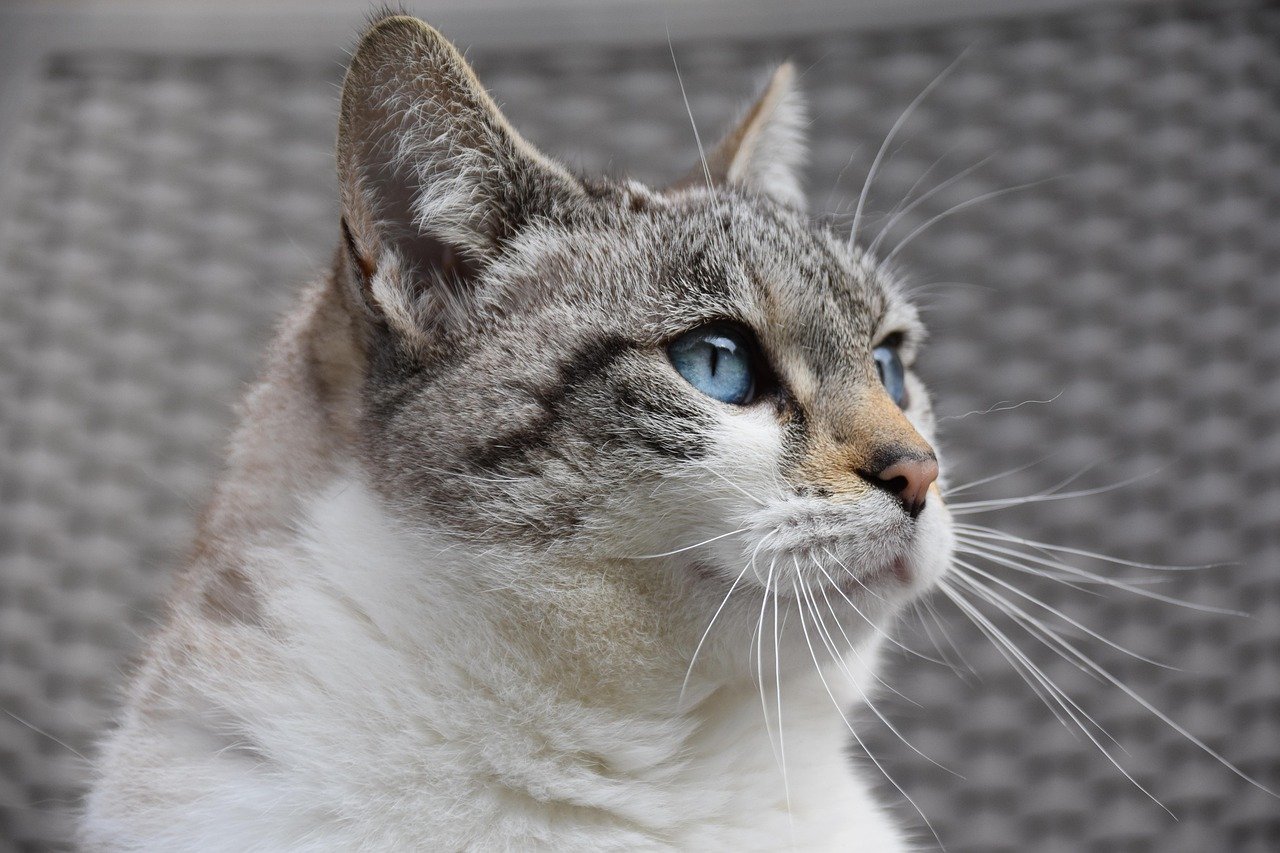Have you ever looked at your cat and suddenly realized how much they’ve changed over the years? One day they’re scaling the curtains, and the next, they’re snoozing in the sun for hours. The truth is, cats go through remarkable changes as they age—some subtle, some dramatic, all deeply touching for those who adore them. If you’re a cat lover, understanding these changes isn’t just helpful—it’s essential for keeping your furry friend happy, healthy, and comfortable throughout their golden years. So, let’s dive deep into the fascinating world of feline aging and how you can adapt every step of the way.
1. Slower Movements and Reduced Activity
Just like humans, cats go through a range of physical, behavioral, and emotional changes as they grow older. From shifts in energy levels and dietary needs to alterations in grooming habits and social behavior, the aging process can significantly impact your feline companion’s quality of life. Understanding these changes is key to providing the best possible care during each life stage.
Kittens are bundles of energy, but as cats age, you’ll notice they aren’t as quick to pounce or chase after toys. Their once-constant zoomies may become rare, and they might prefer lounging on soft cushions over scaling furniture. This slowdown is a natural part of aging, often linked to muscle loss or joint stiffness. Adapting means creating cozy, easily accessible resting spots and swapping high-energy play for gentle games, like feather wands or treat puzzles. Even simple steps like providing ramps or stairs to favorite windowsills can make a world of difference. Remember, your cat’s desire for comfort grows with age, and your home can be their sanctuary.
2. Changes in Appetite and Eating Habits
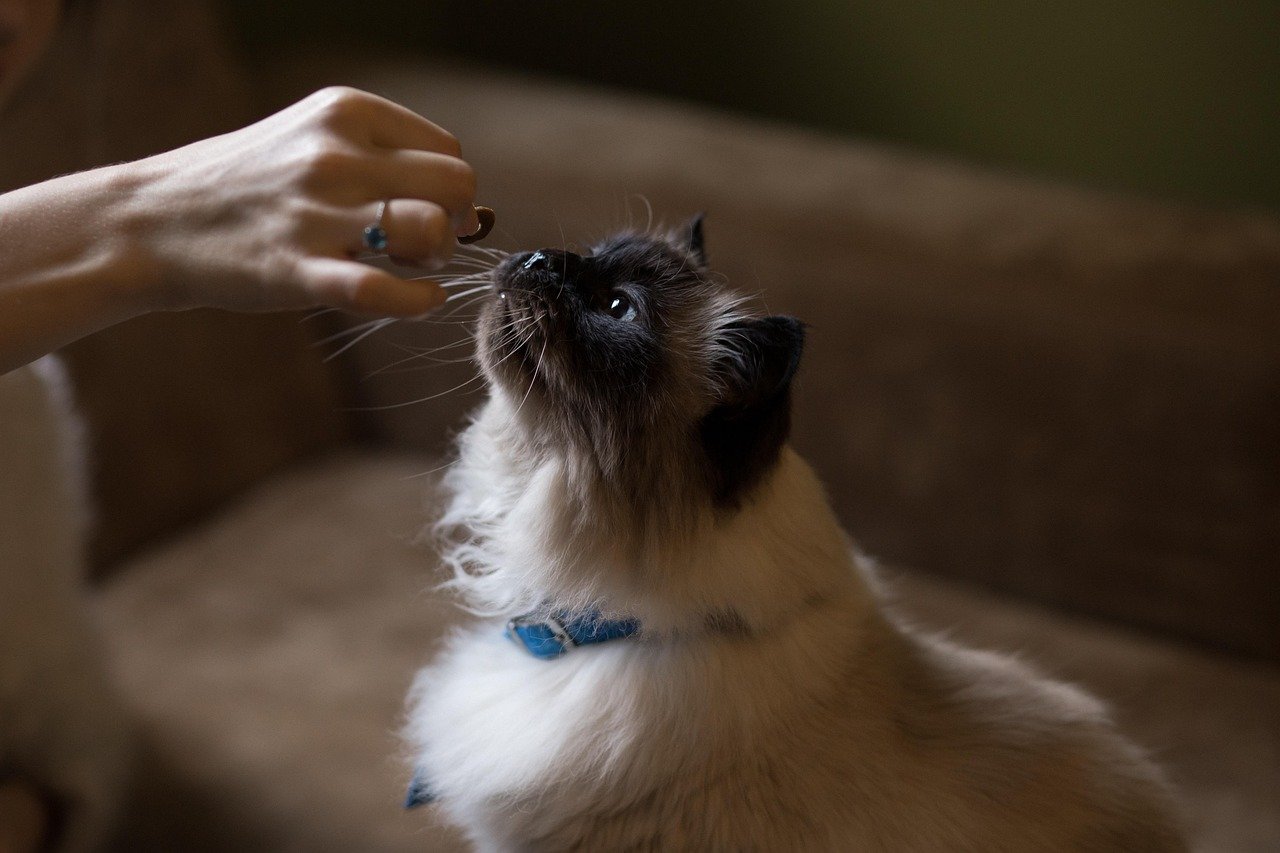
Have you noticed your cat sniffing their food and walking away? Aging cats often experience shifts in appetite. Sometimes they eat less due to dental issues, reduced sense of smell, or even slower digestion. Other times, they may become pickier with food textures and flavors. Adapting to this means offering softer foods, warming up meals to enhance aroma, and consulting your vet about senior-specific diets. Keep a watchful eye on their weight—sudden loss or gain can signal health issues needing prompt attention.
3. Dental Health Challenges

It’s surprising how much dental health affects a cat’s well-being as they age. Tartar buildup, gum disease, and tooth loss can creep up quietly, making eating painful and discouraging. You might notice bad breath, drooling, or reluctance to chew hard food. To help, try brushing your cat’s teeth regularly (yes, it’s possible with patience!), offer dental treats, and schedule annual vet checks for cleanings. Think of it as the feline equivalent to regular dentist visits—just with more purring and less complaining.
4. Changes in Coat and Grooming Behaviors
Aging cats may lose the sleekness of their younger years. Their coats might become dull, matted, or even patchy. Arthritis or stiffness can make self-grooming difficult, especially in hard-to-reach spots. You might see dandruff, tangles, or more frequent hairballs as a result. Brushing your cat regularly helps keep their coat shiny and skin healthy. It’s also a sweet bonding moment—almost like giving your cat a daily spa treatment. Don’t forget to check for lumps, bumps, or skin changes during grooming sessions.
5. Weight Gain or Loss
Aging cats often struggle to maintain a healthy weight. Some become thinner due to muscle loss or underlying health issues, while others pack on pounds as their metabolism slows. Both scenarios can be concerning. Adapt by scheduling regular weigh-ins at home, choosing diets tailored to seniors, and encouraging gentle activity. If you notice dramatic changes, a vet visit is a must—sometimes, weight shifts are early warning signs of diabetes, thyroid problems, or kidney disease.
6. Declining Vision and Hearing
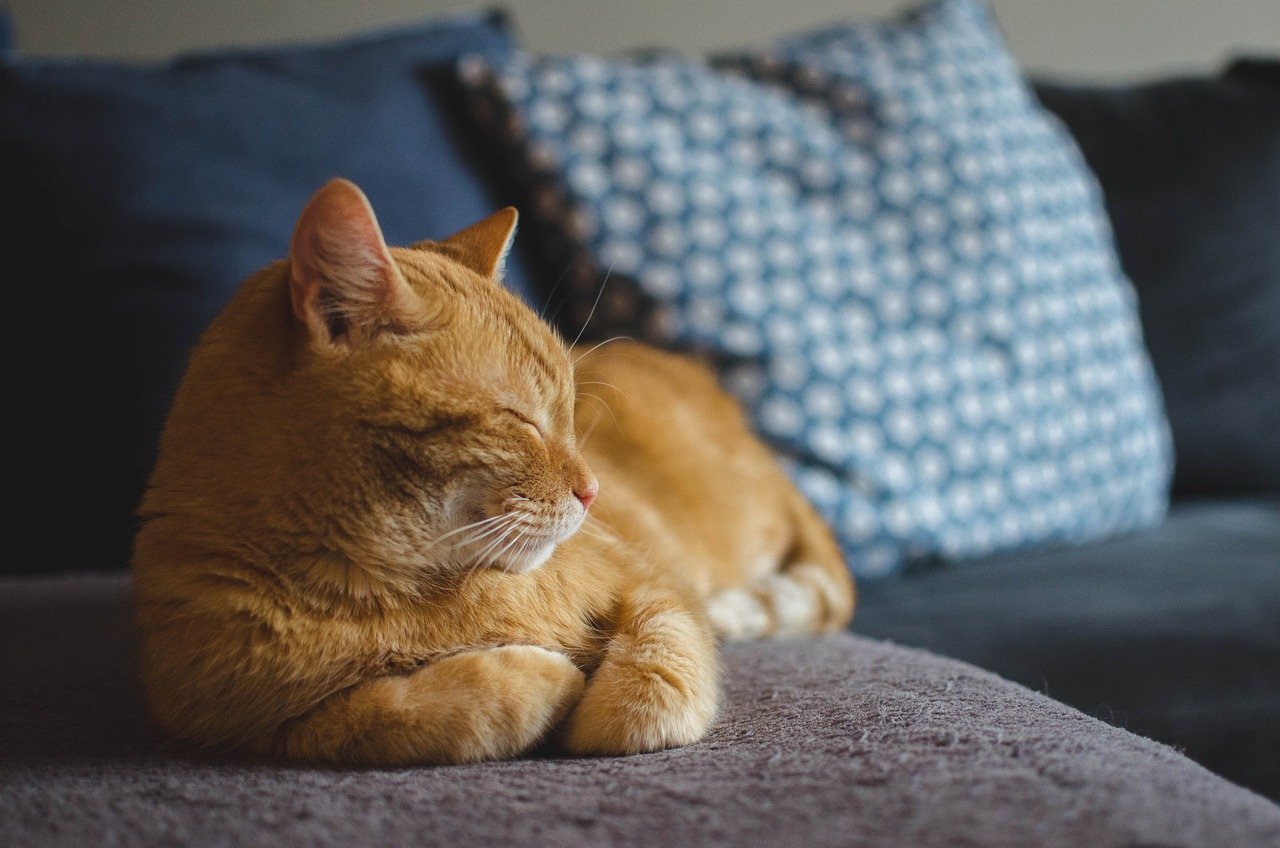
Just like people, cats can lose some sharpness in their senses as they age. You might see your cat bumping into furniture, startling easily, or not responding to your voice. Cloudy eyes or excessive squinting may also appear. To help, keep your home layout consistent and avoid moving furniture around. Use touch and scent cues to reassure your cat, and try to approach from the front so they aren’t startled. Cats are masters at adapting, and with your support, they can navigate their world safely.
7. Increased Sleeping and Changes in Sleep Patterns
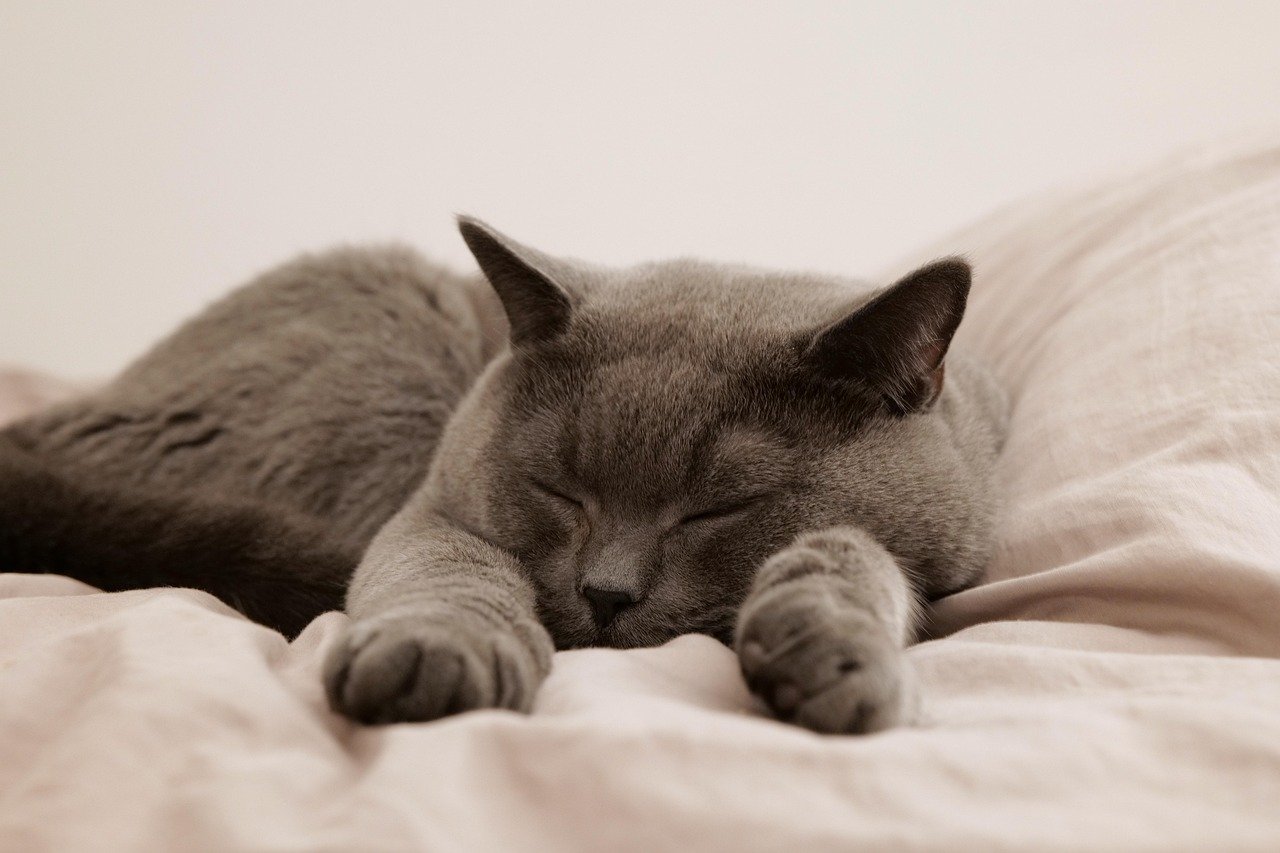
Senior cats are true napping champions. While all cats love a good snooze, older felines might sleep even more—sometimes up to 20 hours a day. Changes in sleep patterns, such as sleeping deeper or waking up at odd hours, are common. Create multiple cozy sleeping spots throughout your home, and make sure their favorite beds are in quiet, draft-free areas. If your cat is restless at night or vocalizes more, it could signal discomfort or confusion, so keep tabs and consult your vet if needed.
8. Greater Sensitivity to Temperature
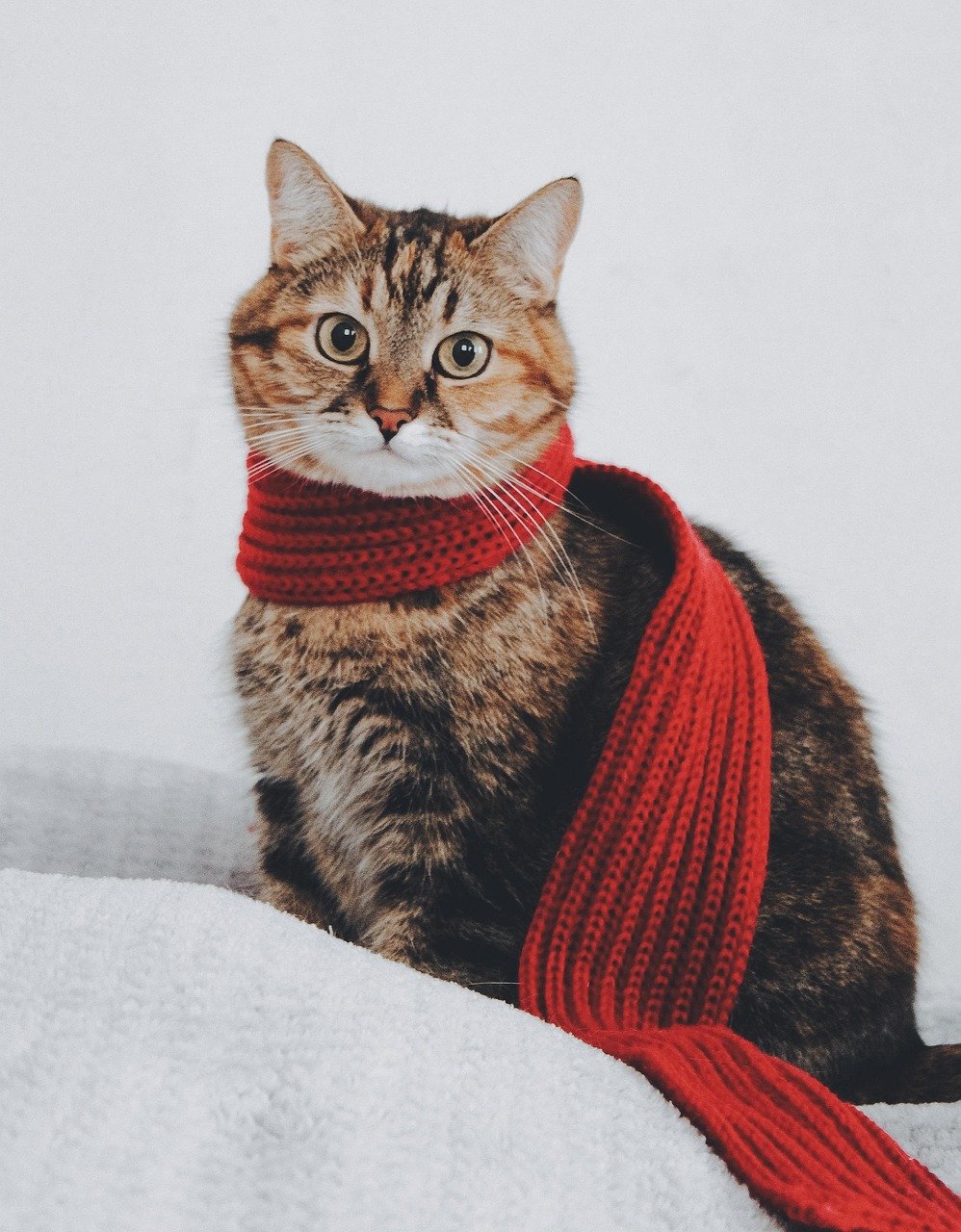
Older cats often lose some ability to regulate their body temperature. You may find them seeking sunny patches or burrowing under blankets more than before. Cold floors and drafts can make them uncomfortable or even worsen arthritis pain. Adapt by offering heated beds, extra blankets, and ensuring their favorite spots aren’t too chilly. During summer, make sure they have cool areas to retreat to and encourage hydration.
9. Behavioral and Personality Shifts

Your once-bold explorer might become more cautious or clingy, or the aloof feline turns into a lap cat overnight. Aging can bring out new sides of your cat’s personality, sometimes due to physical discomfort or cognitive changes. Patience is key—offer gentle reassurance, respect their boundaries, and celebrate each new quirk. If you notice signs of confusion, excessive vocalization, or changes in litter box habits, it’s worth talking to your vet about cognitive health support.
10. Litter Box Issues

Even the most well-trained cats can develop litter box mishaps in their senior years. Arthritis, vision problems, or cognitive decline can make it tough for them to reach or use the box properly. Make it easier by providing low-sided, easy-access litter boxes in multiple locations. Keep them clean and in well-lit, quiet spots. Avoid scented litters that might irritate sensitive noses and always monitor for changes in urination or stool, as these can signal health issues.
11. More Frequent Health Issues
With age, the risk of chronic conditions like kidney disease, hyperthyroidism, diabetes, or high blood pressure increases. You might notice increased drinking, changes in appetite, vomiting, or lethargy. The best way to adapt is by scheduling regular vet check-ups—at least twice a year for seniors. Early detection makes a huge difference in managing age-related diseases. Keep a health journal to track symptoms and medications, and always trust your instincts if you sense something’s off.
12. Reduced Jumping and Climbing
Remember when your cat could leap onto the tallest bookshelf in a single bound? Aging joints and muscles can make those superhero jumps a thing of the past. You may notice hesitation before jumping, or your cat might give up altogether. Help them out by placing ramps or steps near beds, sofas, and windowsills. Consider rearranging furniture so their favorite spots remain accessible. It’s all about making their world easy to navigate—no capes required.
13. More Need for Routine and Predictability

As cats age, they thrive on routine. Sudden changes in their environment, feeding schedule, or the people around them can be stressful. Stick to a consistent daily rhythm—same feeding times, familiar routines, and minimal disruptions. If changes are unavoidable, introduce them gradually and with lots of reassurance. Routines aren’t just comforting—they’re the gentle rhythms that help senior cats feel safe and secure.
14. Less Social Interaction—or Sometimes More
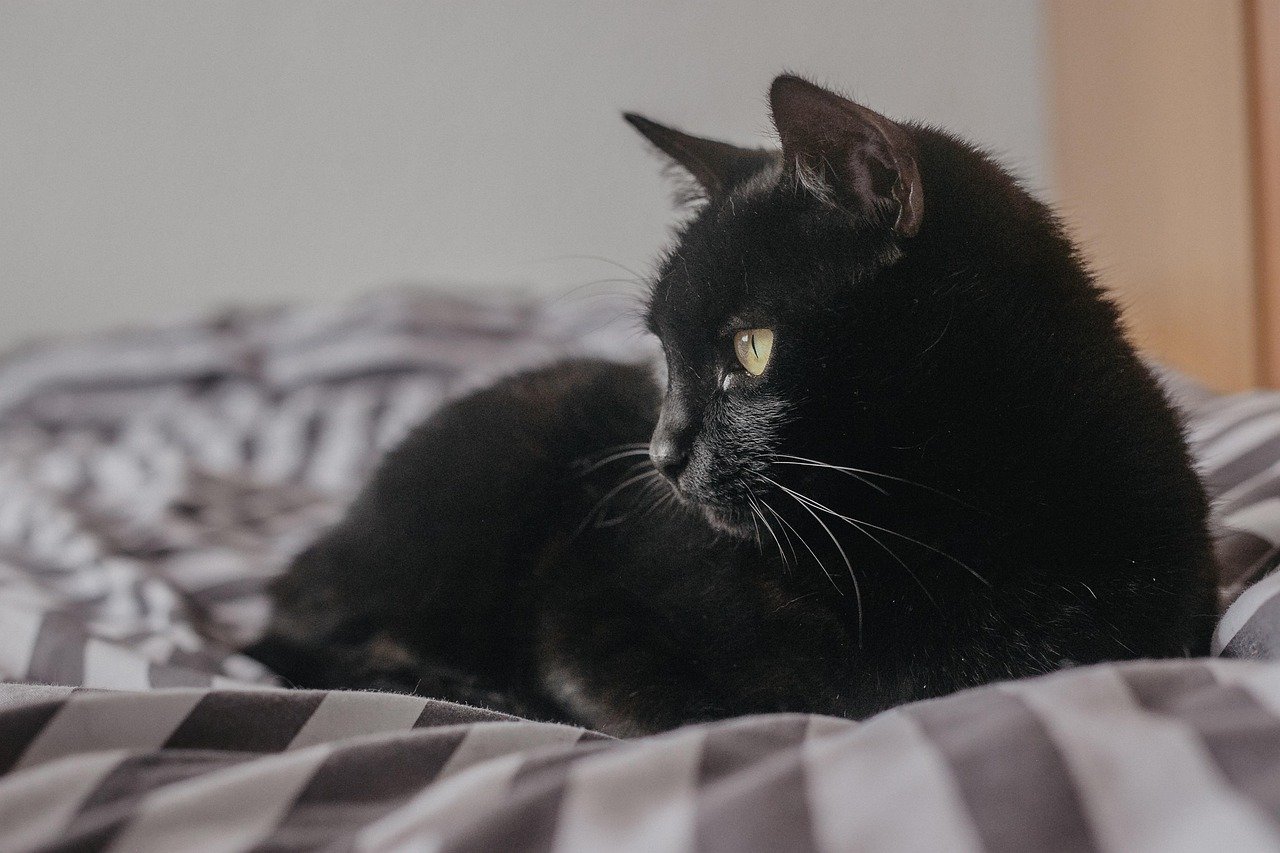
Some older cats become more withdrawn, preferring solitude and quiet, while others suddenly crave more attention and cuddles. Both are normal, and your job is to respect their changing needs. If your cat seeks out your lap, cherish the extra snuggles. If they prefer alone time, ensure they have peaceful hideaways. Social shifts can also be signs of discomfort or illness, so always watch for other changes in behavior or health.
15. Subtle Signs of Pain or Discomfort
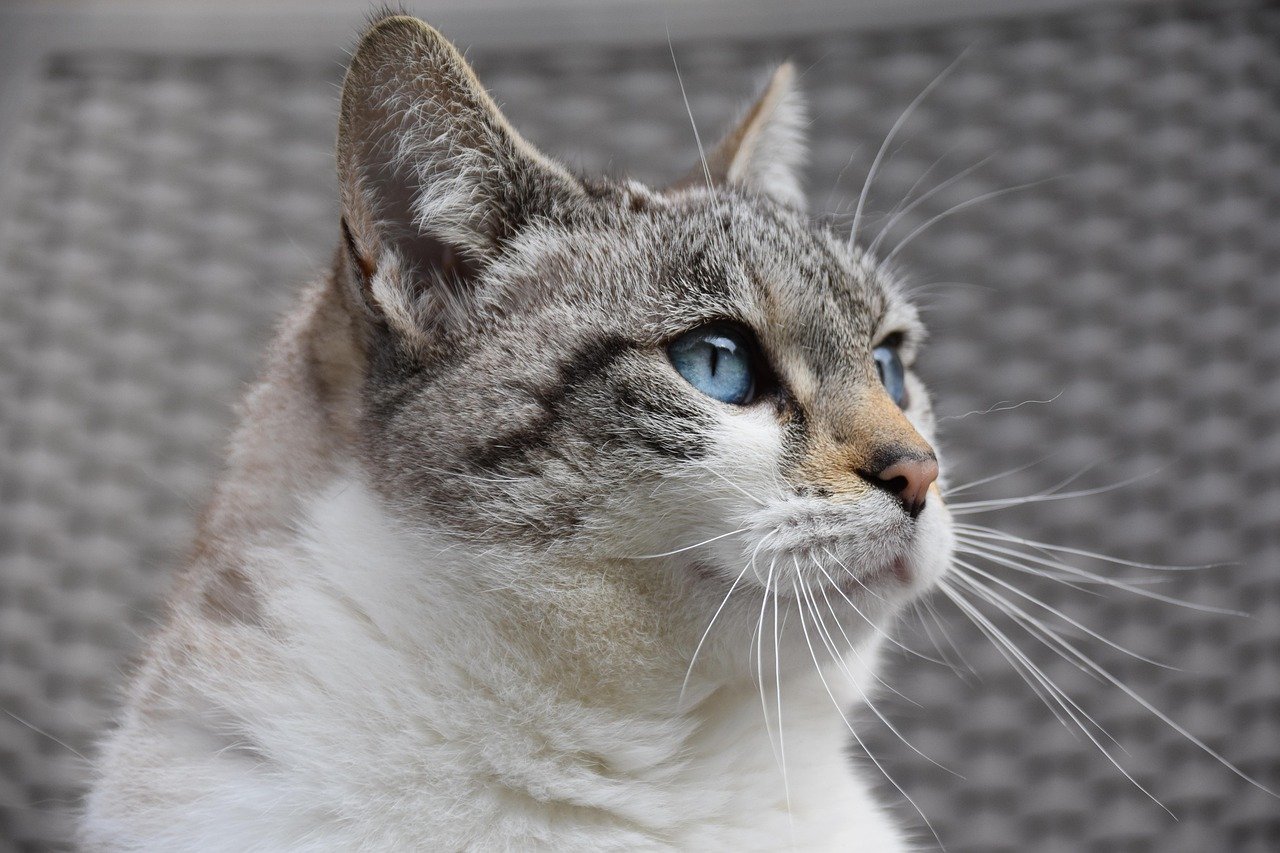
Cats are masters at hiding pain, but aging often brings aches and arthritis. You might notice subtle signs—less jumping, cautious movements, or even licking a specific joint. Some cats become irritable or withdrawn because of chronic pain. Don’t shrug off these hints; talk to your vet about pain relief options and supplements. A little extra care, like orthopedic bedding or gentle massages, can bring comfort and joy back to their days.
Aging is a natural part of your cat’s journey, and with it comes a variety of changes that require understanding, patience, and thoughtful care. By recognizing the physical and behavioral shifts that occur over time, you can make informed adjustments to your cat’s environment, diet, health care, and daily routine. Whether it’s providing easier access to favorite spots, scheduling more frequent vet visits, or simply offering extra affection and reassurance, small efforts can make a big difference in your cat’s well-being. With the right support, your feline companion can continue to enjoy a happy, comfortable life well into their senior years.

Born and bred in South Africa, a Capetonian at heart. Amy-Leigh’s love for nature and animals was inherited from her Dad. He loves taking the family on road trips to experience nature at its finest; Amy-Leigh’s favourite being whale watching in Hermanus and spotting Kudu along the West Coast. Amy-Leigh holds a BA in English Literature and Communication Studies.

